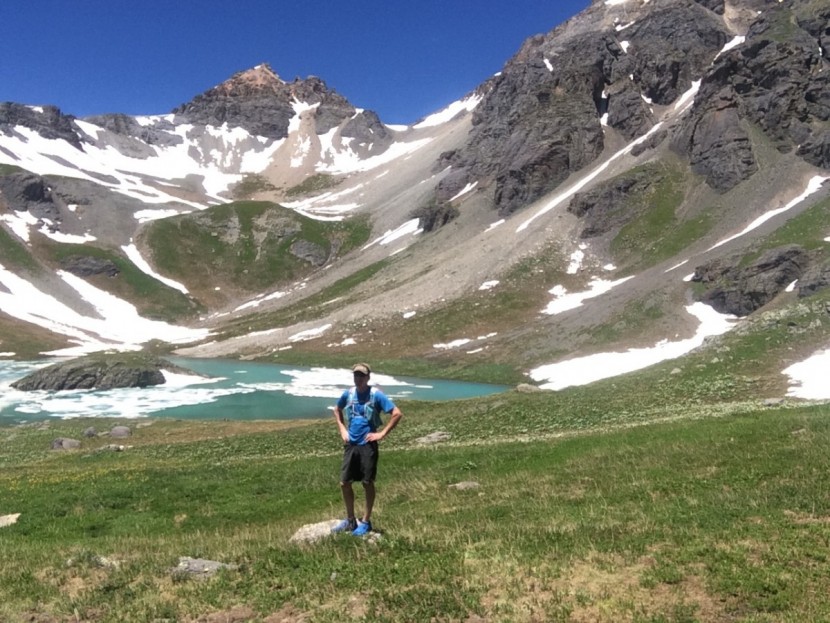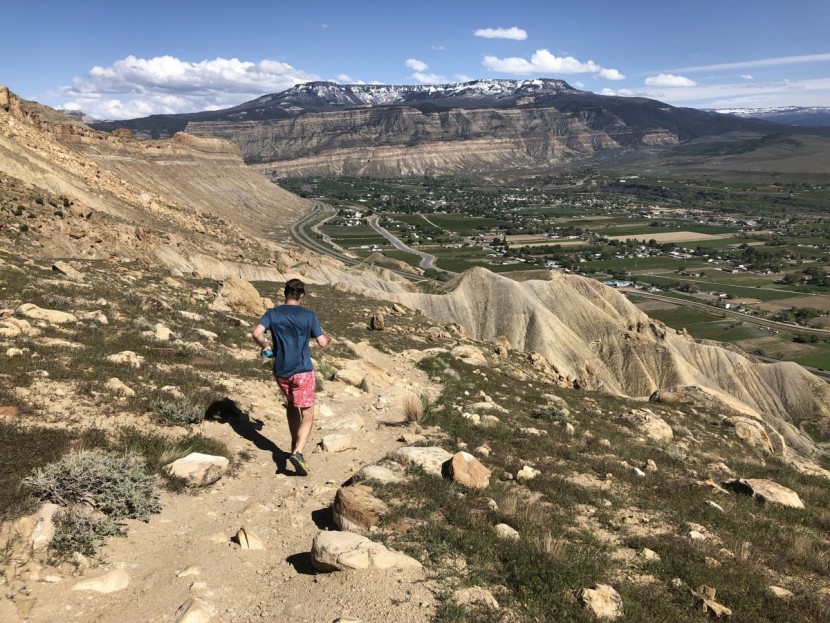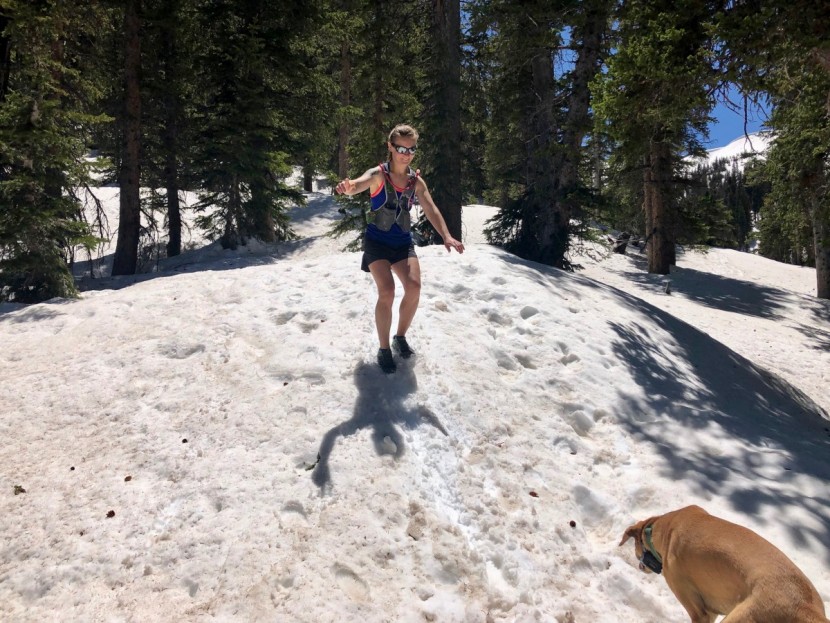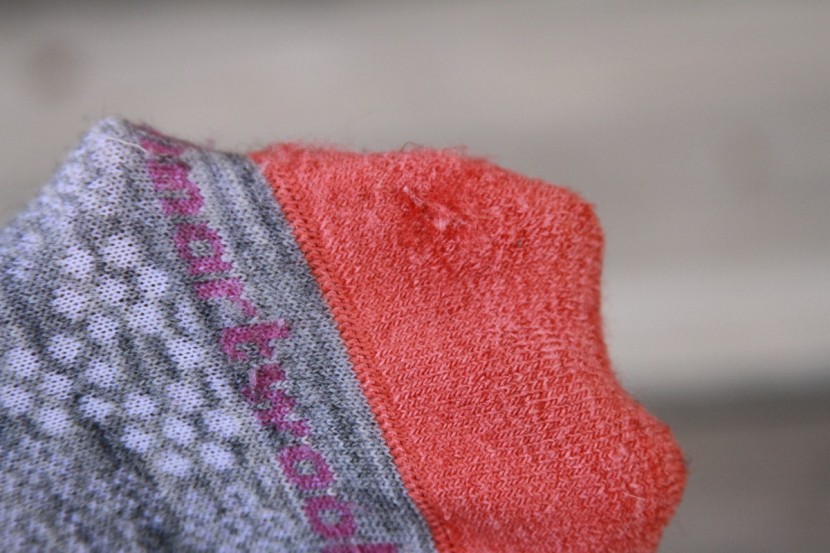Testing Duration
For an ultra-running maniac who loves to run, testing running-specific socks is easy! After fortifying our sock drawer with many pairs of the best running socks available, we set out to test them the only way we knew how — by running. As more and more projects kept coming up, the testing period was extended, and we had even more time to run in each pair, further cementing our love of running and our belief that every one of these socks was top quality. We spent the second half of summer, all of fall, and even the early part of winter testing these socks on runs short and long on the trails of the San Juan mountains of Colorado and the canyon country of eastern Utah. While our testing preference was trail centric, we weren't above getting out for our daily runs on the local bike paths once the snow started flying.
Slip Testing
With our extended field testing revealing the high quality of all the socks, we realized we would have to get more particular about our criticisms in order to make this a truly comparison review, while also devising pseudo-laboratory tests to help differentiate the performance in metrics like wicking. While comfort and fit didn't lend themselves to anything but anecdotal and experiential grading, we performed more controlled testing for slip prevention and wicking ability. For slip prevention, we went out to a local hill and purposely wore our shoes rather loose in order to exaggerate a sock's performance or lack thereof. Jogging both up and down this steep hill with loose shoes was helpful in understanding the socks that gripped both shoes and feet, and the ones that easily slipped off.
Wicking & Breathability
We found it hard to assess wicking ability based simply on our mountain running experiences, since so many other factors came into play, like the number of streams we would stomp through, the temperature, as well as the type of shoe we were wearing that day. So we devised a couple of tests. In the first one, we soaked each sock inside and out and then wore them on our dry feet, without shoes, for 15 minutes, recording what we felt on both the inside and outsides of the socks once the time was up. We wore different socks on each foot to help with the comparative process. This test gave us a good idea of which socks were most absorptive, which ones breathed the best, and which ones had superior wicking fibers.
To further substantiate these findings, we performed another test where we soaked every sock, then laid them out together, one sock normal and one inside out, for one hour. We then compared how each sock did with moisture management on their own, without the aid of the heat of a foot, and we were able to tell which socks sported superior technology. These tests, along with our extensive field testing, allowed us to collect the data and opinions.
Durability
To measure durability, we simply look at the wear and tear of each sock after about 30+ miles of use. We note areas of compaction and pilling, and look to see which show potential signs of failure after this time period. We also look at online reviews from other sites, simply to determine if there are any product issues that we missed, so we can confirm or retest these issues.




